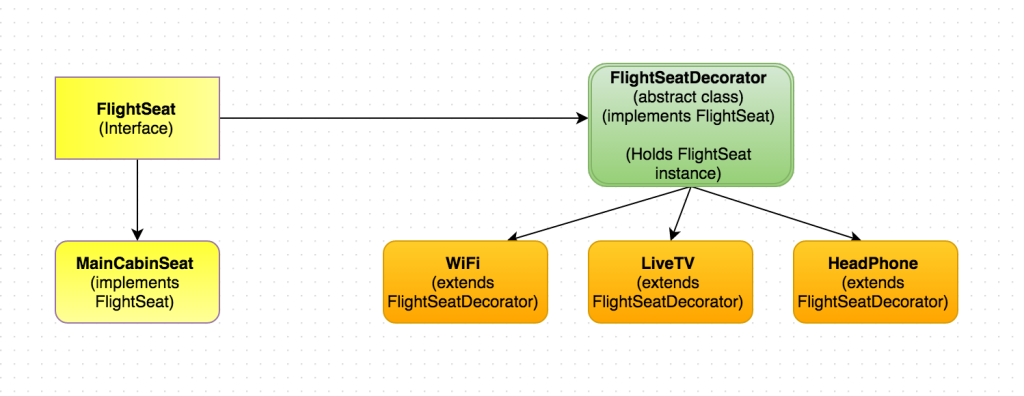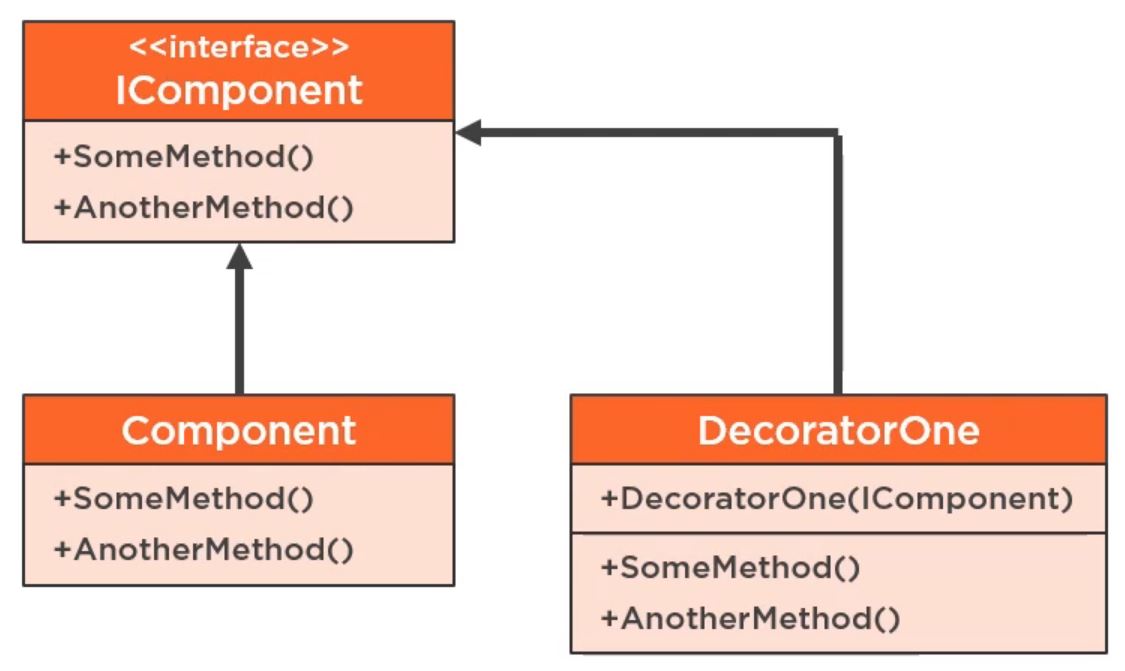Table Of Content
- The advantages and disadvantages of the decorator patterns
- Obstacles of interfacing with decorators
- Decorator Java class
- The Art of Decorating: Applying the Decorator Design Pattern in Real Life
- How to Implement Decorator Pattern
- Key Components of the Decorator Pattern
- Comparison with Other Similar Design Patterns

Decorators provide a flexible alternative to sub-classing for extending functionality. Please note that the description above implies that decorating an object changes its behavior but not its interface. It involves creating a set of decorator classes that are used to wrap concrete components. If you’re looking to extend the functionalities of an existing class in object-oriented software, you have two choices.
The advantages and disadvantages of the decorator patterns
This pattern is useful when you need to add functionality to objects in a flexible and reusable way. Create a class named CarDecorator.cs, and copy and paste the following code. This will be an abstract class and implement the ICar interface, i.e., the ManufactureCar method.
Obstacles of interfacing with decorators
So what I can do here is I will introduce the CircleDecorator object, which will wrap the Circle object as shown in the below image. First, it will call the Draw method of the Circle object so that it will draw the circle. Then, it will call the SetColor method of the CircleDecorator object to set the circle’s color.
Decorator Java class
In both methods, define private methods e.g. makeAnchorLink(), designPopup(), applyColor() and so on. Now call these methods in some getter method for first column data cell. Note that decorators and the original class object share a common set of features. In the previous diagram, the operation() method was available in both the decorated and undecorated versions. Many programming languages have the final keyword that can be used to prevent further extension of a class. For a final class, the only way to reuse the existing behavior would be to wrap the class with your own wrapper, using the Decorator pattern.
17 Top Bathroom Trends for 2024, According to Design Pros - Good Housekeeping
17 Top Bathroom Trends for 2024, According to Design Pros.
Posted: Sat, 16 Dec 2023 08:00:00 GMT [source]

We already know the theoretical part of the decorator template from the first part of this article. In order to fix the material about the Decorator template, let’s look at a more approximate example. This example is not abstract and may occur to you while working on the project.
Veere Grenney is known for his good taste and sense of grandeur. In this London townhouse of his design, the feeling of grandiosity extends to this bedroom via curtains hung behind the headboard, all in Michael S Smith fabrics. Cork is all the rage as of late, and it’s not hard to see why. The material is multiuse and adds just the proper texture and dimension in the right room.
Key Components of the Decorator Pattern
If you’re still cold with a sweater, you can wear a jacket on top. All of these garments “extend” your basic behavior but aren’t part of you, and you can easily take off any piece of clothing whenever you don’t need it. Extending a class is the first thing that comes to mind when you need to alter an object’s behavior. However, inheritance has several serious caveats that you need to be aware of.
Comparison with Other Similar Design Patterns
We want to implement a system where we can dynamically add these add-ons to a coffee order without modifying the coffee classes themselves. The Decorator Pattern (or an implementation of this design pattern in Python - as the above example) should not be confused with Python Decorators, a language feature of Python. “Wrapper” is the alternative nickname for the Decorator pattern that clearly expresses the main idea of the pattern.
Creational Software Design Patterns in Java
It’s perfect for damp environs like Miami (where this cork-covered bedroom by Charlap Hyman and Herrero lives). In this Hollywood Hills home, interior designer Mike Moser and architect Tyler Thomas hung a mirror in their bedroom to expand the space. Now, instead of looking into a sleeping area from the living room, guests are given the impression of an expanding enfilade just past the bed. In this Brooklyn dining room by Studio Dorion, two Tony Blahd floor lamps flank the window, operating like decorative columns while providing a necessary function to the room. Let’s try to solve this problem using the decorator template.

Each Concrete Decorator can add one or more behaviors to the Component. A typical example of a decorator design pattern is ice cream. You make a basic ice cream and then decorate it with whatever you choose. This allows working with different Decorator objects to extend the functionality of an object dynamically at run-time.See also the UML class and sequence diagram below. The Decorator lets you structure your business logic into layers, create a decorator for each layer and compose objects with various combinations of this logic at runtime. The client code can treat all these objects in the same way, since they all follow a common interface.
When using the Decorator pattern, you often end up with a large number of small, specialized decorator classes. This can lead to a proliferation of classes in your codebase, which may increase maintenance overhead. The Decorator pattern promotes a clear and structured design, making it easier for developers to understand how different features and responsibilities are added to objects. The decorator pattern follows the open-closed principle, which states that classes should be open for extension but closed for modification.
No comments:
Post a Comment